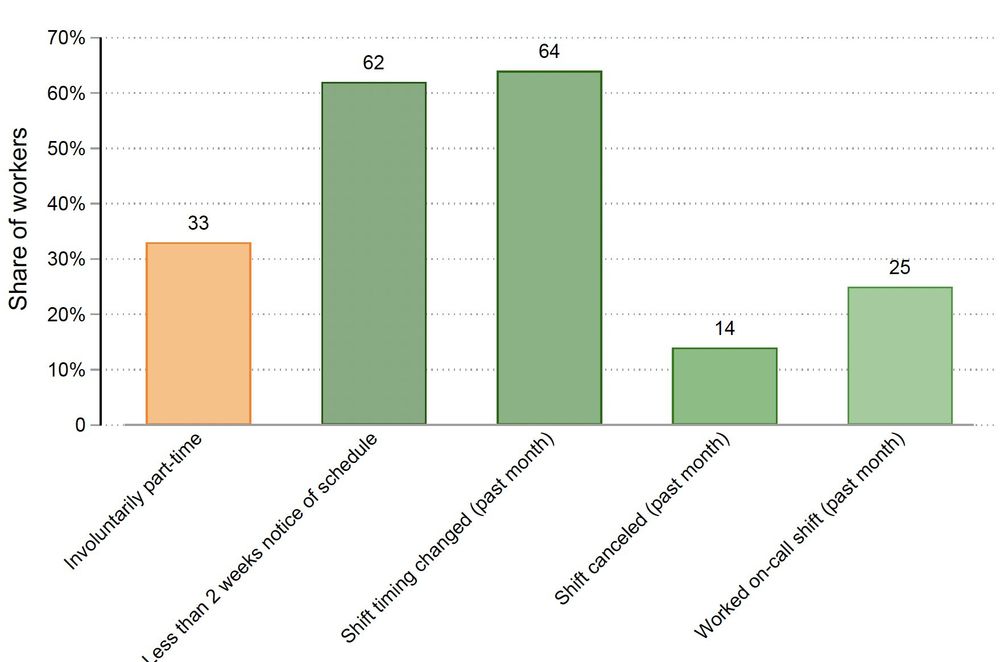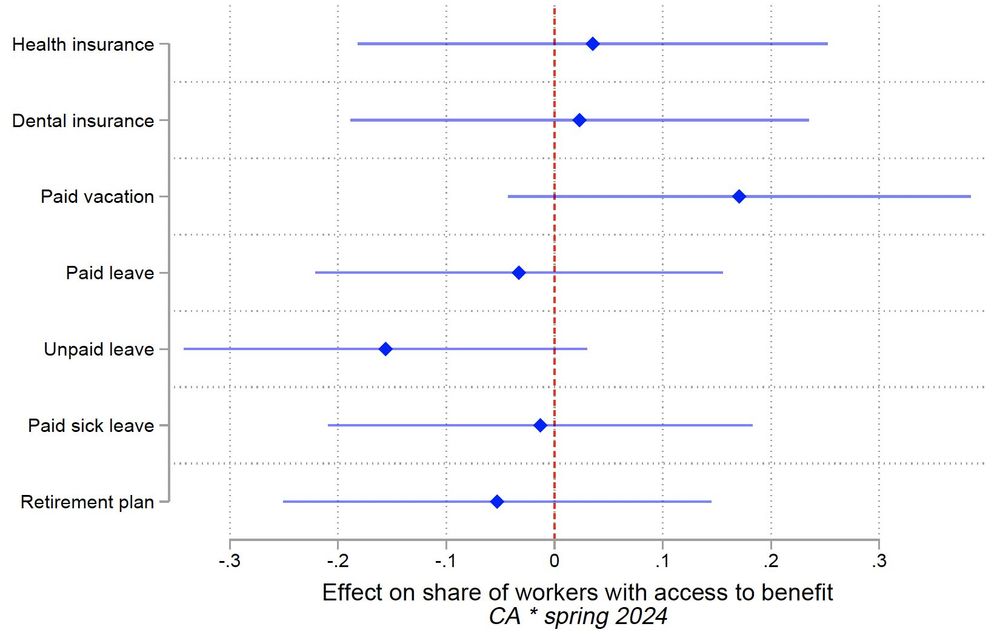
@Kennedy_School & @UCSF(formerly @UCBerkeley) | #Scheduling #ServiceSector #EssentialWorkers #Health
shift.hks.harvard.edu














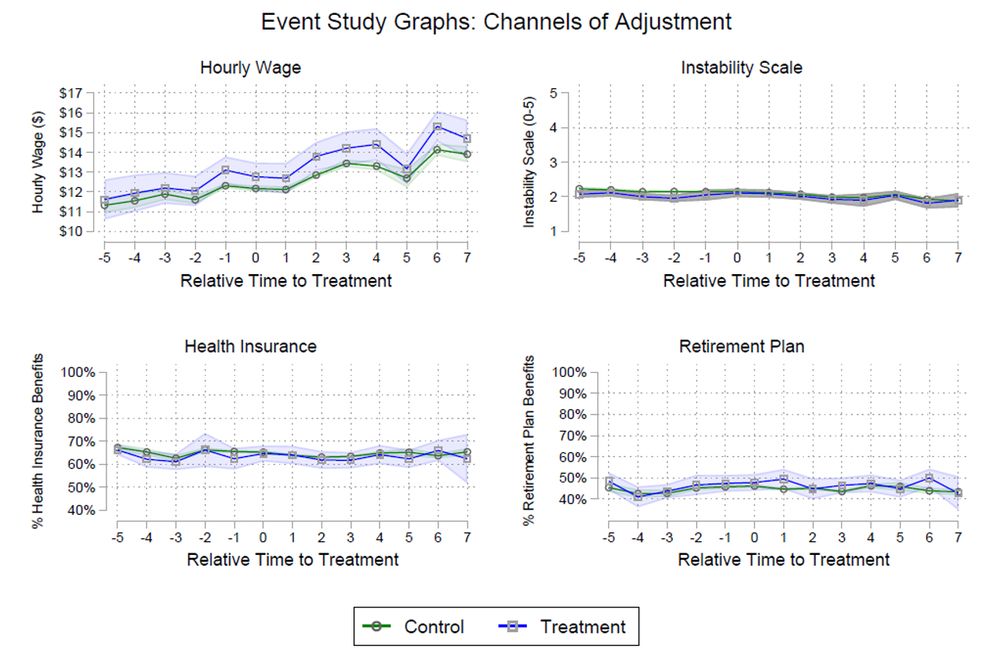
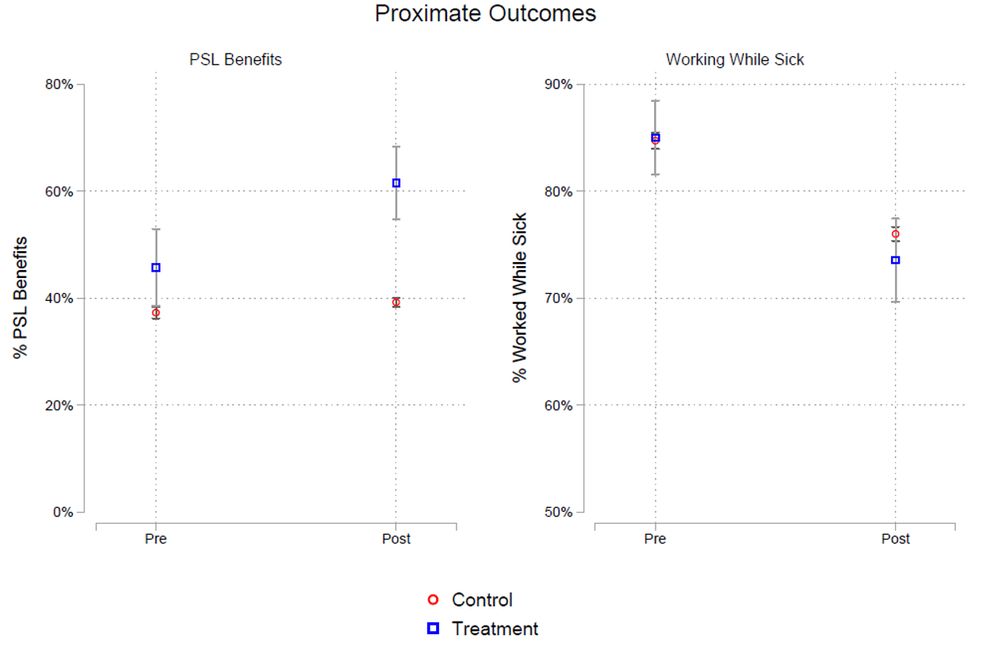


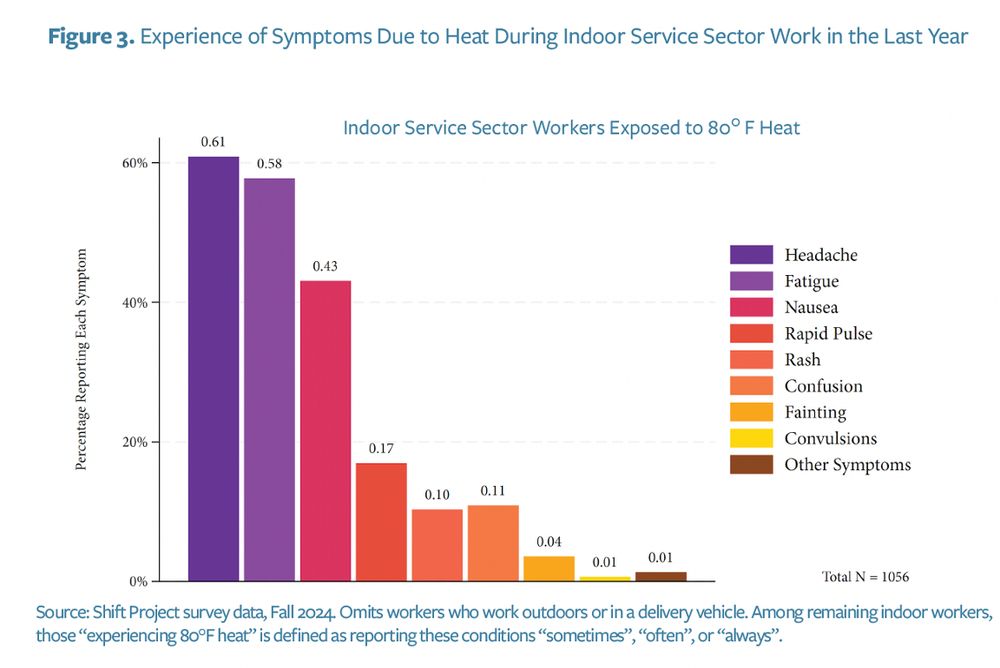
While warehouses (63%) and fast-food kitchens (58%) top the list, workers at coffee shops (41%), retail stores (40%), and even pharmacies face dangerous heat exposure.
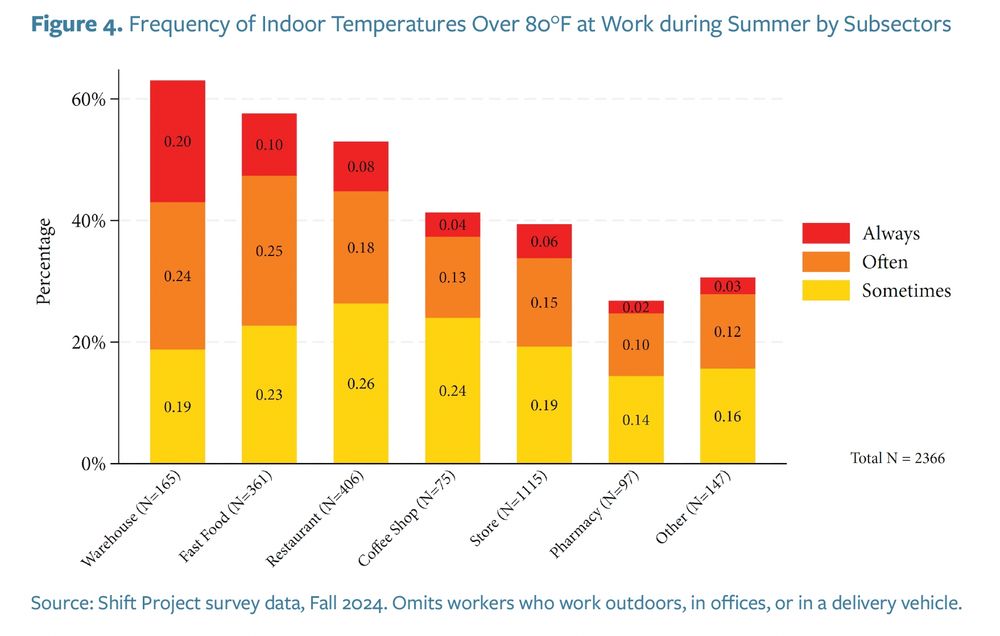
While warehouses (63%) and fast-food kitchens (58%) top the list, workers at coffee shops (41%), retail stores (40%), and even pharmacies face dangerous heat exposure.
• 65% of indoor service sector workers feel overheated at work
• 45% experience temps over 80°F (OSHA's danger threshold)
This isn't just about outdoor work or kitchens anymore.
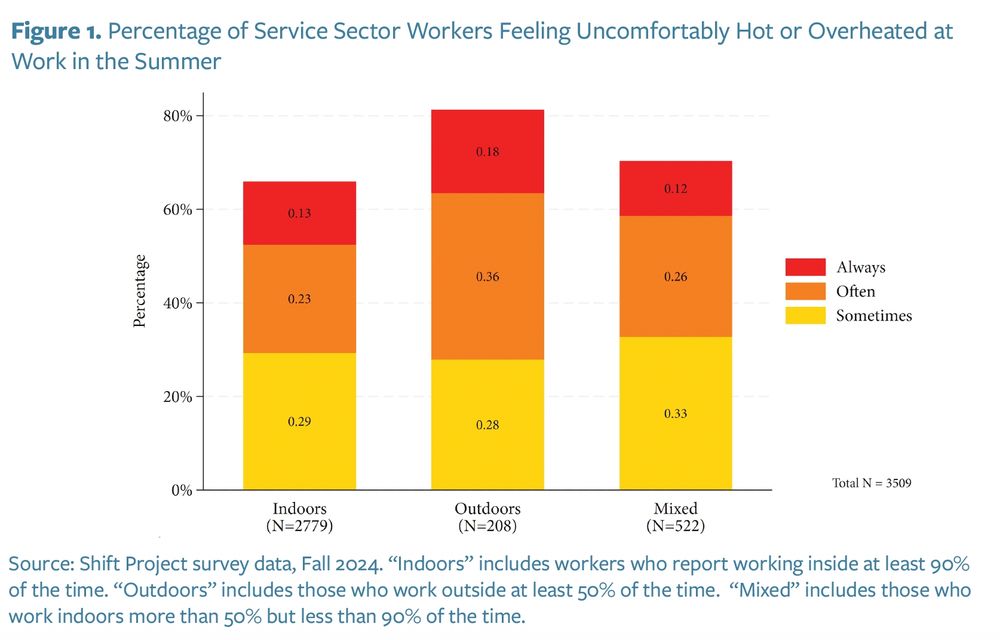
• 65% of indoor service sector workers feel overheated at work
• 45% experience temps over 80°F (OSHA's danger threshold)
This isn't just about outdoor work or kitchens anymore.
